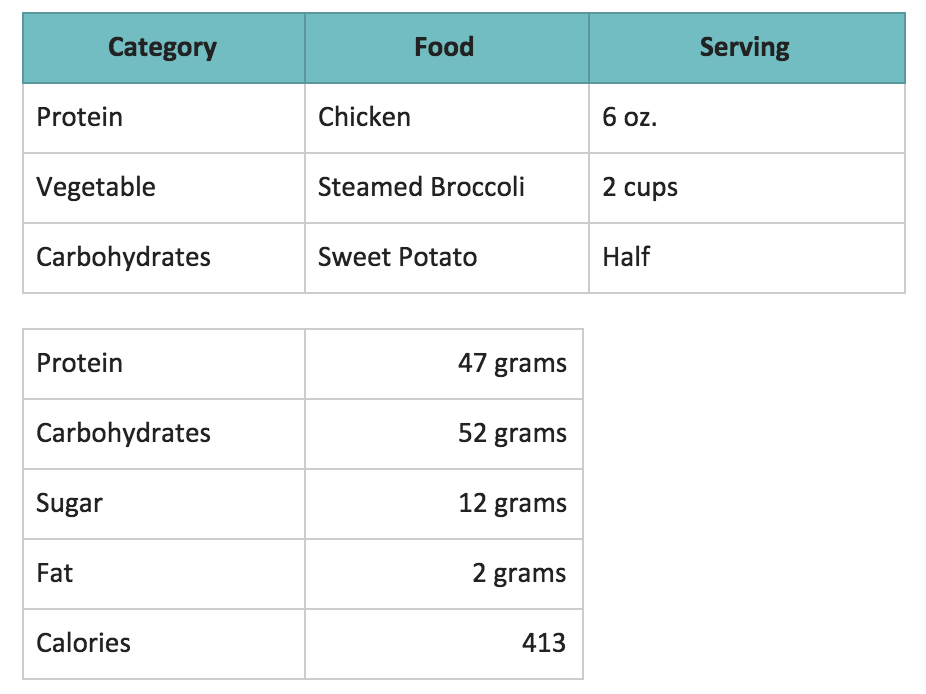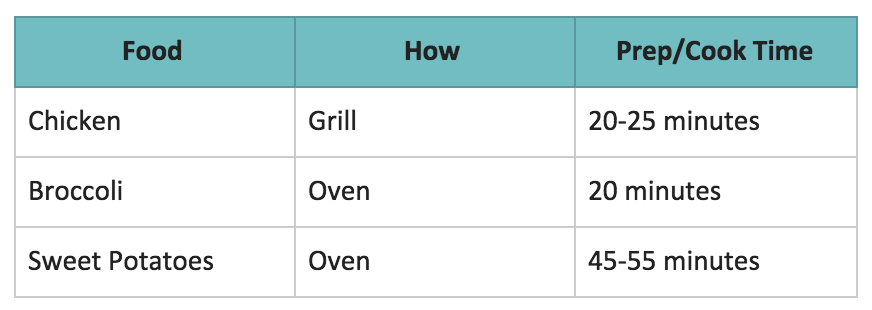How to Navigate Holiday Eating
Holiday eating begins with Halloween and continues through New Year’s Eve. With so much delicious food and drinks around, how can health be prioritized? As a Registered Dietitian, I am going to share six holiday eating tips to stay balanced, and to remind you to stay positive throughout the season!
1. Meal Plan
If possible, plan healthy meals and snacks for the rest of the week to give yourself the flexibility to indulge during a holiday celebration. Keep your pantry, fridge, and freezer stocked with “go-to” healthy items like canned tuna, pasta sauce, nut butters, whole grain crackers, oats, and plenty of fruits and vegetables. (Check out our FFC nutrition page for more tips on how to stay on track with a healthy lifestyle when you don’t have time to meal prep!)
It is also important to remember that one indulgent meal on a holiday won’t undo all your efforts toward a healthy lifestyle. Try to celebrate the day rather than the season with indulgent foods and beverages. If you do indulge more than you planned, however, just give yourself grace and move forward!
2. Avoid skipping meals
Skipping meals can make it much harder to use portion control during celebrations. You’ll feel your best and be more in control of your food choices on a holiday if you stabilize your blood sugar throughout the day by eating a couple of times before your holiday parties. Earlier in the day, I like to have a meal with lean protein, healthy fats, non-starchy vegetables, and some quality carbohydrates.
For example, on the morning of Thanksgiving, I like to start my day with an egg or egg white omelet for protein, topped with sliced avocado for healthy fats that help keep me full. I add peppers, mushrooms, onions, and spinach for non-starchy vegetables, which not only keep me full but also provide essential vitamins and minerals. I round out the meal with fruit, which gives me a quality carbohydrate boost and great energy. Since I usually don’t eat much fruit during the Thanksgiving meal itself, I try to add one or two cups of fruit into my day for balance.
3. Prioritize exercise
Exercise to balance your choices, but don’t view it as a form of punishment. Try to focus on exercise as a stress reliever rather than simply a way to burn off that extra piece of pie. A negative mindset around your workout routine can make it difficult to enjoy exercise at all. A regular workout schedule, with at least 150 minutes of moderate-intensity physical activity per week, is recommended for overall health and well-being. Even if you’re busy, try to fit in a 10-minute walk or some light stretching; anything is better than nothing! The goal is to move your body and find exercises you enjoy. For extra motivation and accountability, consider scheduling a personal training session on or after Thanksgiving to help keep you on track.
4. Make healthy swaps
There are many ways to make easy, healthy food swaps over the holidays. For example, you can limit the amount of gravy you use, avoid eating the skin on the turkey, or serve your dressing and sauces on the side of the food so you are more in charge of how much you’re having. You can also start your meal by taking small spoonfuls to try the food, and go back for seconds if you decide you’re still hungry. For one of my clients’ Thanksgiving meals, their family is cutting all recipes in half to avoid excessive leftovers following the Thanksgiving meal! With any leftovers you do have, look into tasty, healthy recipes to make with them.
5. Take time to savor your food
Studies show that not paying attention to what you eat can disrupt your hunger and fullness cues, and you won’t enjoy the meal as much if you’re not fully engaged. It takes about 20-30 minutes after finishing your meal to recognize fullness, so try to pace yourself by putting your fork down between bites and sipping water throughout. For desserts, use the “Three-Bite Rule”: the first three bites are typically the most enjoyable and can help with portion control, making the dessert experience more satisfying.
Remember to honor your hunger by checking in throughout the day, especially before a meal, and asking yourself, “How hungry am I? What do I want to eat?” As you eat, observe your fullness non-judgmentally—did you reach a comfortable satiety, or did you go past it, and by how much? Eating past the point of fullness happens, and that’s okay. Learning to be mindful about your hunger cues is a step in the right direction.
6. Drop the negativity, guilt, and shame
We all overeat from time to time. Just brush yourself off and move forward! Practice positive acceptance: if you overeat, simply acknowledge it and move on. Delicious food can be comforting, and comfort is what we all strive for over the holiday season!
Holidays are meant for spending time with family and friends and for being Thankful for all of the blessings we have. My goal of this article is that you take a couple of these tips that are most important to you and write them down before the special occasion. Keep in mind though, if things didn’t go as planned, don’t be too hard on yourself! Remember no one is perfect, and one day will not ruin all of your efforts for a healthy lifestyle.
Blog by: Alicia Edwards, MS, RDN, LDN





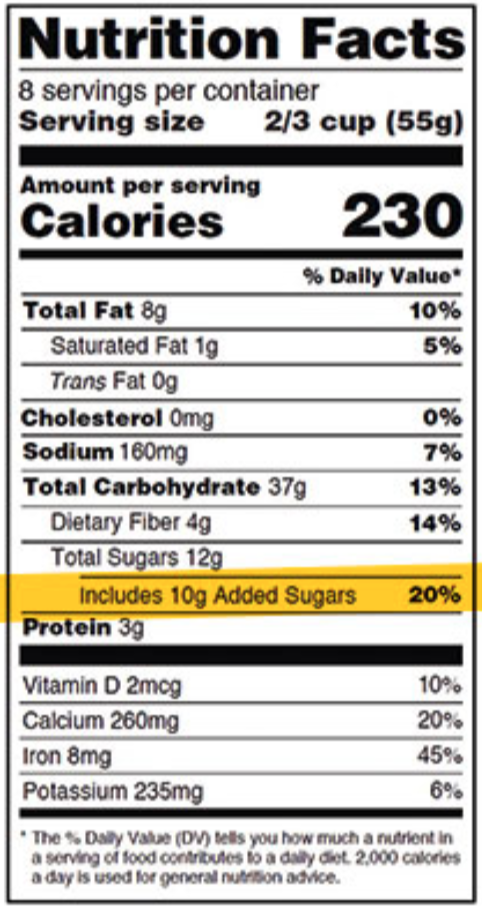








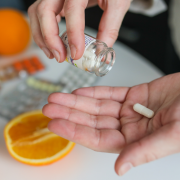





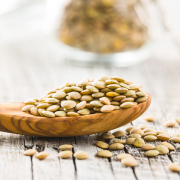








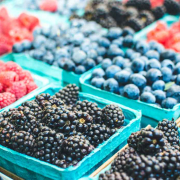


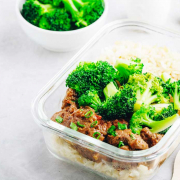
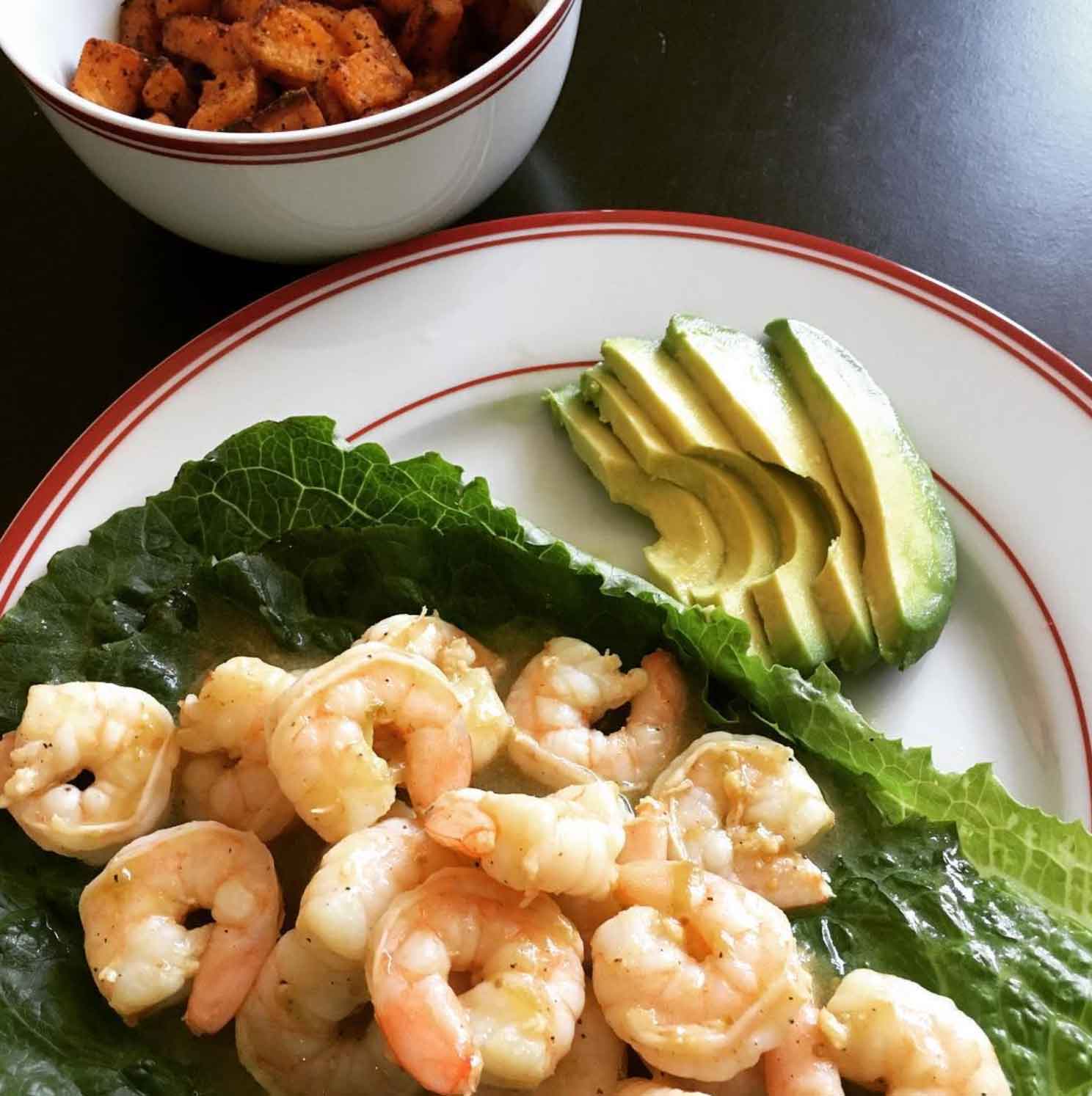 As a member of corporate America, I find myself constantly influenced by the dark side of donuts, candy, and/or some sort of processed food. In the beautiful city of Chicago, it’s even more difficult, having restaurant upon restaurant within blocks of my apartment calling my name with cuisine from around the world. I believe that life is short and you should enable your body to experience these great restaurants.
As a member of corporate America, I find myself constantly influenced by the dark side of donuts, candy, and/or some sort of processed food. In the beautiful city of Chicago, it’s even more difficult, having restaurant upon restaurant within blocks of my apartment calling my name with cuisine from around the world. I believe that life is short and you should enable your body to experience these great restaurants.